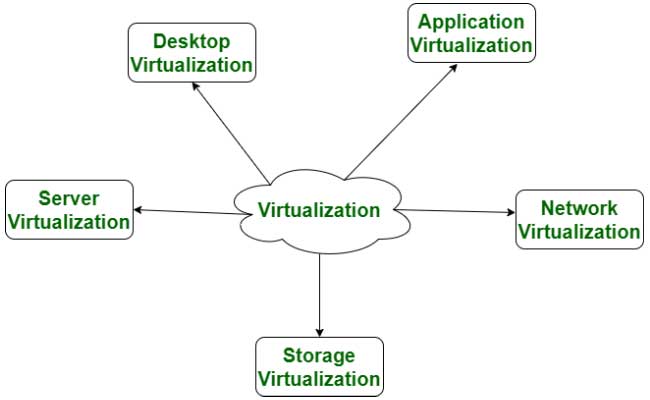Data & Informatics: In today’s digital age, data is king. It is being generated at an unprecedented rate from a wide range of sources, including social media, connected devices, and online transactions. Businesses and organizations across all industries are realizing the importance of harnessing this data and using it to drive informed decision-making, increase efficiency, and gain a competitive edge. In this article, we will explore the world of data and informatics, including what it is, how it is used, and the impact it is having on society as a whole.
What is Data?

Simply put, data is a collection of facts, figures, and statistics that are used to inform decision-making. It can take many forms, including text, images, audio, and video. Data can be structured, such as in a spreadsheet, or unstructured, such as in a social media post. The key is to collect and analyze this data in a meaningful way to extract valuable insights.
What is Informatics?
Informatics is the study of information processing and management. It combines computer science, information science, and other related fields to analyze and organize data. The goal of informatics is to create systems and processes that enable people to access, manage, and use information effectively.
The Relationship between Data and Informatics
Data and informatics are inextricably linked. Informatics provides the tools and techniques for analyzing and managing data. It enables us to turn raw data into useful information that can be used to inform decision-making. Without informatics, data would be little more than a collection of meaningless numbers and statistics.
How is Data Used?
Data is used in a variety of ways across all industries. In business, data is used to identify patterns and trends, track customer behavior, and inform product development. In healthcare, data is used to monitor patient outcomes, track disease outbreaks, and identify areas for improvement in healthcare delivery. In education, data is used to measure student performance, identify areas for improvement, and inform teaching practices.
Data is also used in scientific research to test hypotheses and support conclusions. For example, in the field of astronomy, data is used to analyze the movements of celestial bodies and identify patterns in the universe. In climate science, data is used to track changes in temperature, precipitation, and other environmental factors over time.
The Power of Data Analytics

Data analytics is the process of examining and interpreting data to extract valuable insights. It is a critical component of data-driven decision-making. Data analytics can be used to identify patterns and trends, make predictions about future events, and inform business strategy.
There are several types of data analytics, including descriptive, diagnostic, predictive, and prescriptive analytics. Descriptive analytics is the most basic form of data analytics and involves summarizing and visualizing data. Diagnostic analytics involves identifying the root cause of a problem based on data analysis. Predictive analytics involves using data to make predictions about future events. Prescriptive analytics involves using data to recommend a course of action.
The Impact of Data and Informatics on Society
The impact of data and informatics on society is far-reaching. It is changing the way we work, learn, and interact with each other. It is enabling us to make more informed decisions, improve efficiency, and drive innovation.
In healthcare, data and informatics are revolutionizing the way we deliver and receive care. Electronic health records (EHRs) are enabling doctors to access patient information more quickly and easily. Data analytics is being used to identify areas for improvement in healthcare delivery, reduce costs, and improve patient outcomes.
In education, data and informatics are enabling teachers to personalize learning for each student. Data analytics is being used to identify areas for improvement in teaching practices and inform curriculum development.
Read Also: Networking
![]()





